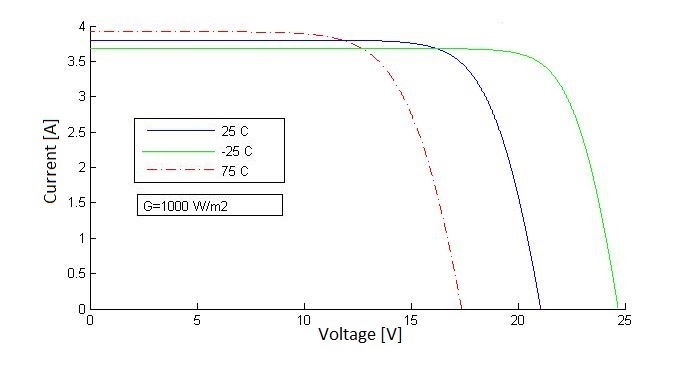Interestingly the cold temperature will typically improve solar panel output.
Does cold weather increase coefficientof solar panels.
Solar panels actually produce electricity more efficiently in cold weather.
A common myth is that solar panels do not work during winter.
Solar panels are tested for their efficiency at 25 c and that is why this is used as the reference point.
The only thing solar panels require is sunlight.
In winter months solar panels will brighten your day and your home.
1 cold weather prevents solar panels from heating up.
So far this year the day on which i had the highest production was a perfectly clear day in may.
The positive effects of low temperatures on solar panel power production in colder climates can be countered by clouds and snow that decrease solar panel efficiency.
So long as panels aren t covered in snow winter climates can actually be an ideal environment for solar panels.
In both cases pv production is lower due to the reduced number of sun hours and the loads in the house are often higher due to active heating.
The cold weather problem is compounded with deep cycle batteries used for solar storage because cold weather usually coincides with storms or the shorter days of winter.
For solar panels this impact is reflected through the temperature coefficient which is expressed as the percentage decrease in output for every 1 degree celsius c increase in temperature from 25 c 77 f.
The white snow can also reflect light and help improve pv performance.
In fact solar panels seem to perform even better in colder climates.
It may seem counter intuitive but solar panel efficiency is affected negatively by temperature increases.
Winter will only hurt solar production if the panels are covered with snow.
As for harsh winters cold temperature can actually improve solar panel output and white snow can reflect light and improve photovoltaic performance.
Let s review how cold weather can contribute towards the performance of solar panels.
Top rated solar panels are engineered to withstand winds of up to 140 mph.
For example if your solar panel lists a power temperature coefficient of 0 30 this means that it produces 0 30 less power for every one celsius degree increase in temperature.
A solar installation generates clean renewable energy year round.
As temperature decreases the efficiency of the modules actually increases because the material properties in the panels operate more effectively.
While there is little to be.
Solar or pv cells work by converting sunlight directly into electricity.
Solar panels actually produce more electricity in cold temperatures homeowners with solar in snow states actually benefit from their panels increased productivity.

